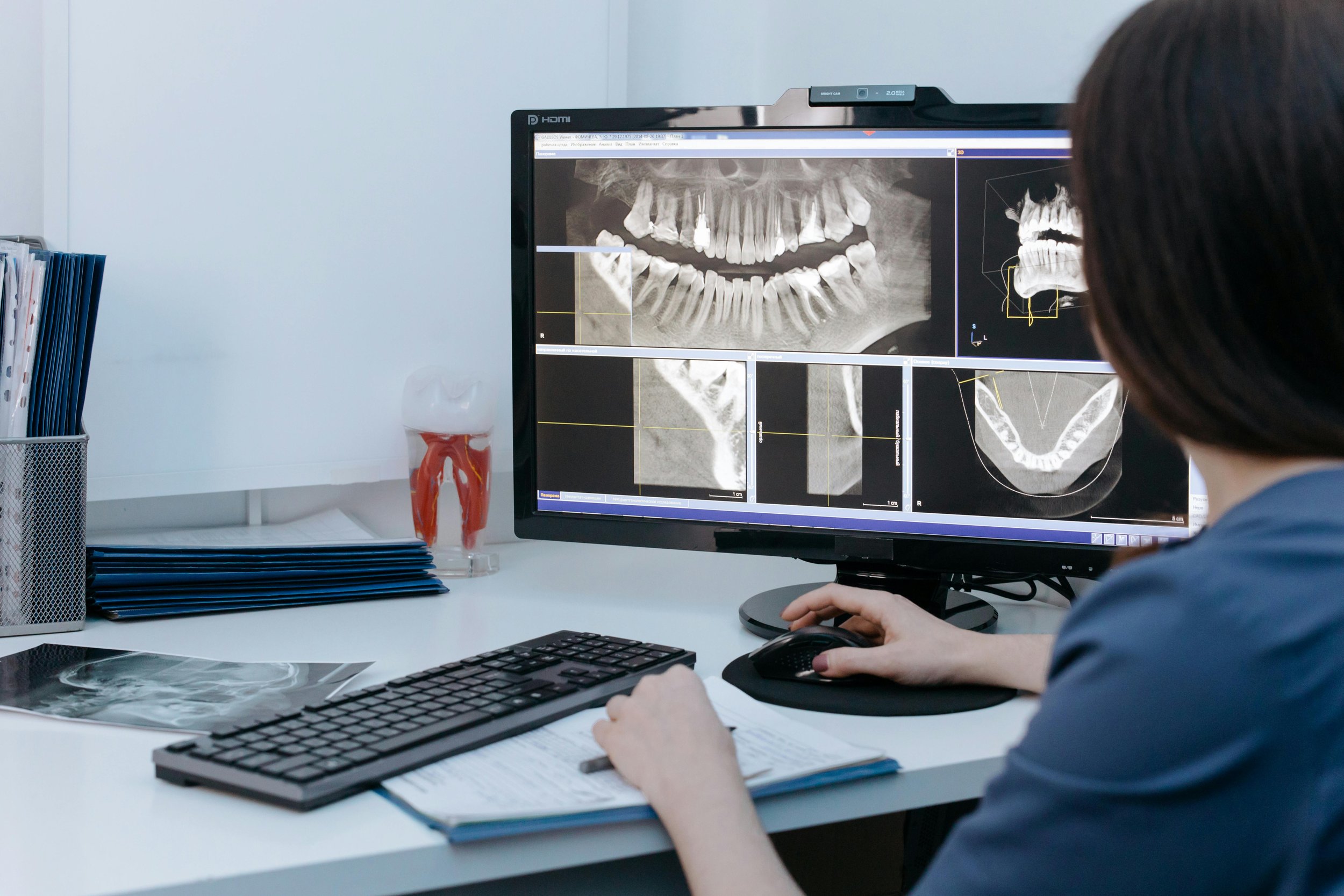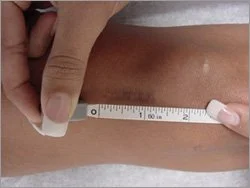
ACL Reconstruction
The ACL (anterior cruciate ligament) is one of the four main ligaments located inside the knee joint. It stabilizes the joint by preventing the tibia from sliding out beneath the femur. A "plant and turn" or hyperextension of the knee can tear the ACL. The most common sports to contribute to an ACL injury are soccer, snow skiing and basketball.
Because the ACL will not heal itself if it is torn completely, the ACL must be reconstructed in an otherwise healthy and physically active individual. The most effective way to reconstruct an ACL is by using the middle third of the patella tendon, along with a small piece of bone attached to either end. This is referred to as a "bone-tendon-bone" graft. A tunnel is drilled in the tibia, another in the femur. The graft is then passed through these tunnels and is now located in the same position as the original ACL. The graft is secured at both ends.
Dr. Eaton was taught the art of ACL reconstruction by Dr. William Clancy in Birmingham, Alabama where he completed his Sports Medicine Residency. Dr. Clancy invented the current ACL reconstruction technique. Dr. Eaton has developed and perfected an additional technique to perform this surgery through a minimal incision. Typically this surgery is performed through an incision approximately three inches in length. Dr. Eaton's minimally invasive technique allows the exact same surgery to be performed through a one to one-and-a-half inch incision just below the kneecap. As a result, he has become a pioneer in minimally invasive ACL reconstruction and a favorite of patients who would like their scars to be kept to a minimum. Pictured below is one of Dr. Eaton's patients who has undergone ACL reconstruction:

